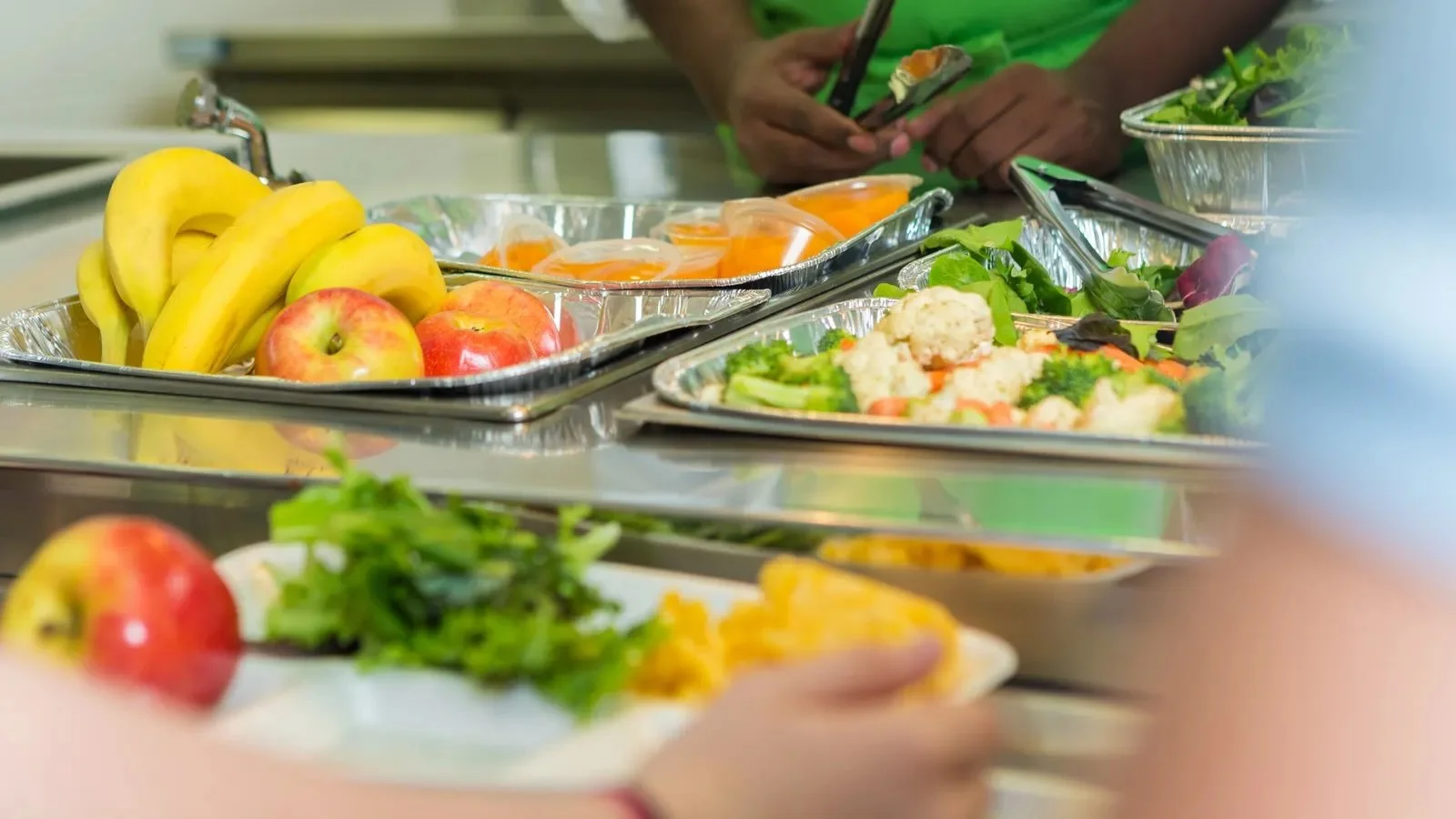A New Recipe for Success: USDA Shifts and the Ingredients for Innovation in School Nutrition
“Labor is not decreasing. Food cost is increasing. And I'm concerned as a director of how this could impact the quality of our meal”
“It would be great if the software could calculate the average meal cost versus available funding, highlighting how unsustainable negative meal debt really is.”
“Scratch cooking requires more labor. Anything that reduces paperwork and separate tasks would help staff focus on what's important—being on the lines and doing the scratch cooking”
We recently gathered a group of School Nutrition Directors from across the nation to discuss how they are handling the significant shifts underway with USDA regulations. School nutrition professionals are resilient and turn pressure into progress– every single day.
The sentiment is clear, we are facing real problems. But they also present a clear opportunity to rethink how we work.
Opportunity #1: Reimagining Eligibility Administration – From Burden to Breakthrough
Using AI to streamline data entry and supporting current workflows.
Evolving regulations and shifting eligibility requirements present significant challenges for school nutrition programs. Directors are tasked with complex eligibility calculations while balancing compliance with both federal and state mandates. These challenges are particularly evident as schools face uncertainty regarding the Community Eligibility Provision (CEP) and its potential impact on funding.
Could this bureaucratic hurdle become an invitation to build a more efficient and family-friendly system?
Seeing the Potential in Practice:
Communication becomes a two-way street: Automated communication tools track form submissions, send timely follow-up messages via preferred channels like email and text, and even integrate with platforms like Canva or social media to create engaging outreach campaigns.
Smart matching, configured with state-specific eligibility rules, can automate application processing and verification, freeing up valuable staff time for more strategic tasks.
Utilizing AI-powered grouping algorithms could help nutrition directors dynamically simulate eligibility funding scenarios, taking into account changing data inputs and regulatory requirements.
To address meal debt, advanced analytics tools can calculate the financial impact of unpaid meals by considering reimbursement rates, participation levels, and meal costs. Presenting this financial gap in clear, visual formats enables directors to advocate for support and educate stakeholders.
As one School Nutrition Director shared, "Other vendors said they couldn't support attachments. With Gaia, it's already part of the system."
Opportunity #2: Cultivating Efficiency – Turning Every Dollar into Impact
The economic realities facing school nutrition programs are stark: rising food and labor costs, the complexities of commodity tracking, and the ever-present challenge of food waste. These constraints can feel limiting, but they also compel us to seek smarter, more resourceful solutions.
Cost management is a critical aspect of school nutrition programs as the rising costs of food and labor continue to challenge budget planning. Schools must continuously innovate to optimize resources while maintaining high meal quality and student participation. One of the key considerations is balancing the quality benefits of scratch cooking with the associated labor costs and finding ways to make data-driven decisions that support financial sustainability.
Unlocking Efficiency Through Insight:
Employing smart analytics to identify low-participation and high-cost menu items enables nutrition directors to make informed adjustments, keeping both costs and student satisfaction in balance.
Implementing forecasting tools to predict commodity usage helps districts allocate resources more effectively and minimize waste.
Assessing the cost-effectiveness of scratch cooking versus pre-made alternatives allows schools to make strategic choices that ensure quality without compromising financial viability.
By embedding technology into cost management and menu planning, school nutrition programs can enhance budget efficiency and make impactful, data-driven decisions. This approach not only improves financial health but also supports higher meal participation and satisfaction.
Opportunity #3: Working Smarter – Streamlining Operations for Greater Impact
School nutrition teams face ongoing challenges in balancing meal preparation, inventory management, and student engagement. The complexity of daily operations can lead to inefficiencies, especially when managing high meal demand while minimizing wait times. Additionally, manual data entry for inventory tracking increases the risk of stock shortages or surpluses, leading to disruptions in meal service. Streamlining these processes with technology is essential to maintaining both efficiency and meal quality.
School nutrition teams face ongoing challenges in balancing meal preparation, inventory management, and student engagement. The complexity of daily operations can lead to inefficiencies, especially when managing high meal demand while minimizing wait times. Additionally, manual data entry for inventory tracking increases the risk of stock shortages or surpluses, leading to disruptions in meal service. Streamlining these processes with technology is essential to maintaining both efficiency and meal quality.Implementing automated forecasting and inventory management systems to predict meal needs and track stock levels in real-time, reducing manual data entry and preventing shortages.
Adopting meal pre-order and pick-up systems inspired by restaurant takeout models to increase line efficiency and decrease wait times. This approach allows students and parents to choose meals in advance, leading to more accurate preparation and streamlined distribution.
Integrating efficient communication and scheduling tools with meal planning software to keep staff informed of upcoming needs and reduce last-minute adjustments.
By automating routine tasks and adopting efficient meal ordering systems, school nutrition programs can save time and resources, allowing staff to focus more on quality meal preparation and student satisfaction.


